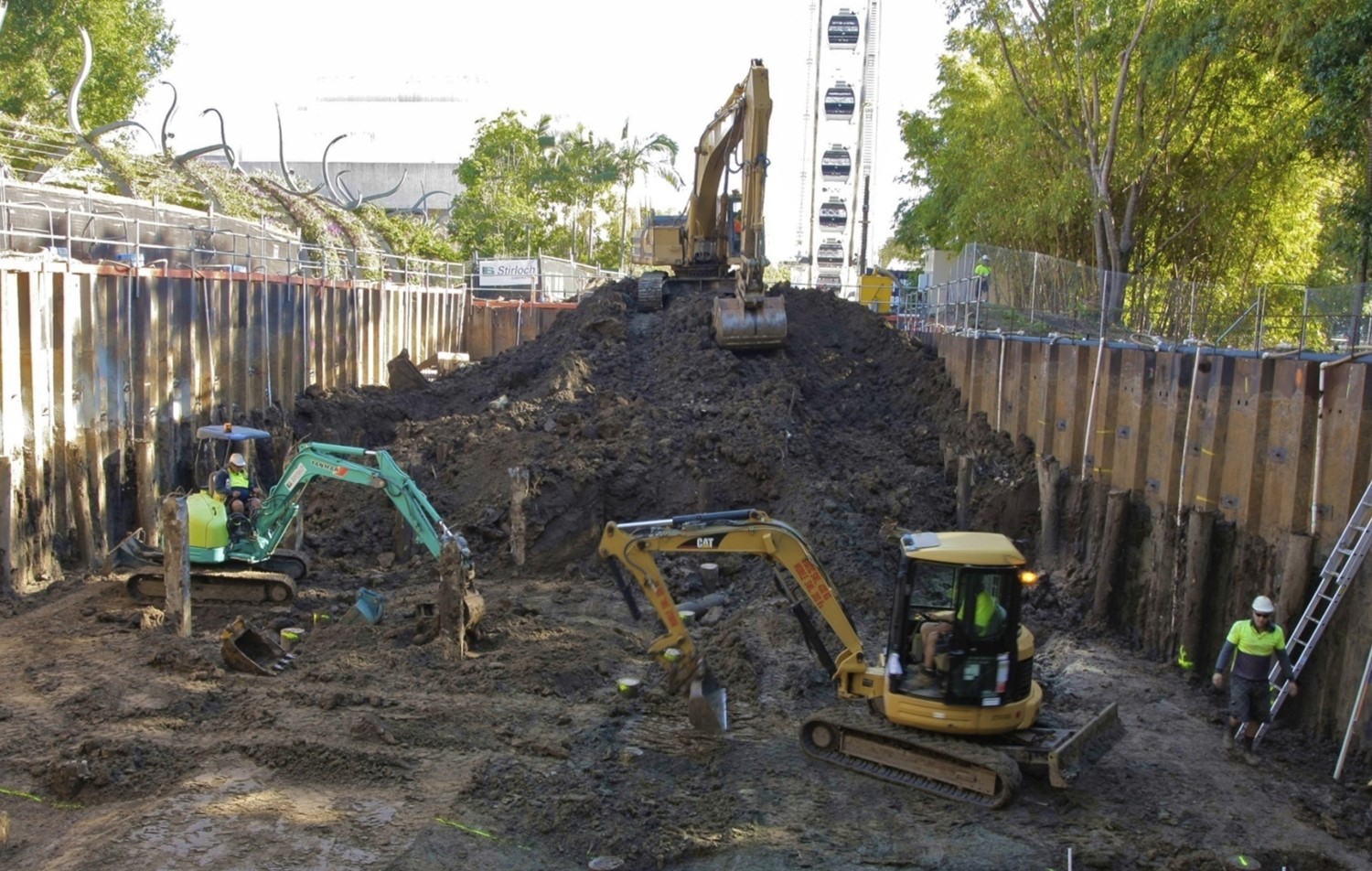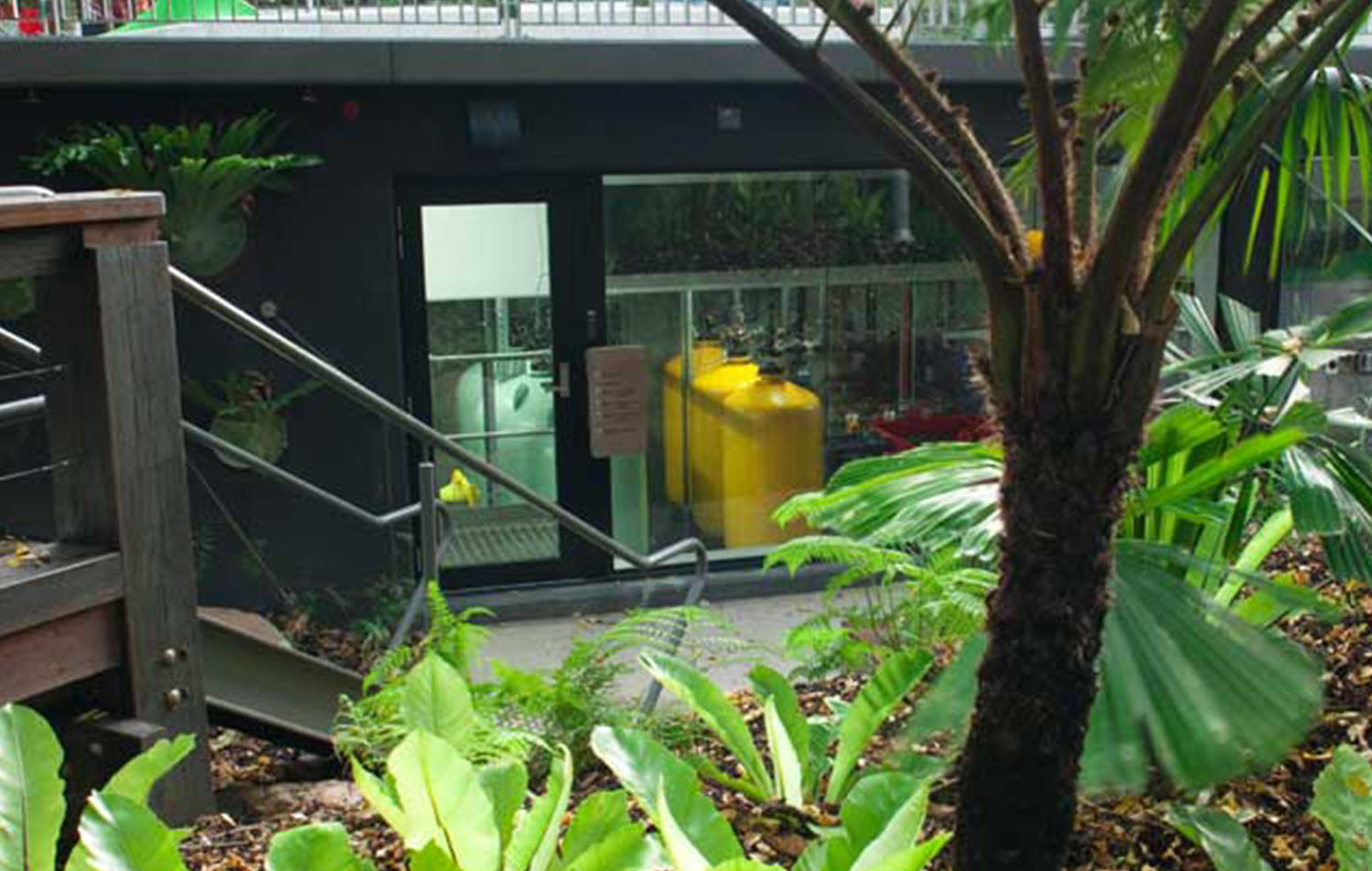Keeping Brisbane’s iconic South Bank Parklands green
When drought made it difficult to keep Brisbane’s iconic South Bank Parklands green, the South Bank Corporation considered several new sources of non-potable water for irrigation. Stormwater harvesting was the preferred option, due to its practicality, cost and yield, and because it presented the perfect opportunity to educate the community about alternative water sources.
The recently released South Bank Rain Bank case study by the CRC for Water Sensitive Cities provides the context for this innovative project in inner Brisbane, and explains how the stormwater harvesting system was developed and implemented.
The system has been operating since 2011, and seven years on, it is generating significant benefits:
- It can provide up to 77 ML a year, which would meet 85% of the site’s non-potable water requirements for irrigation, toilet flushing and water features.
- Retaining, treating and reusing stormwater removes pollutants that would otherwise end up in the Brisbane River.
- The irrigated parklands produce cooling benefits in a heavily urbanised part of Brisbane.
- The viewing area allows visitors to see the water treatment area and learn about Rain Bank and the benefits of stormwater harvesting.
Read more about this innovative stormwater harvesting system that puts water sensitive principles into practice.

